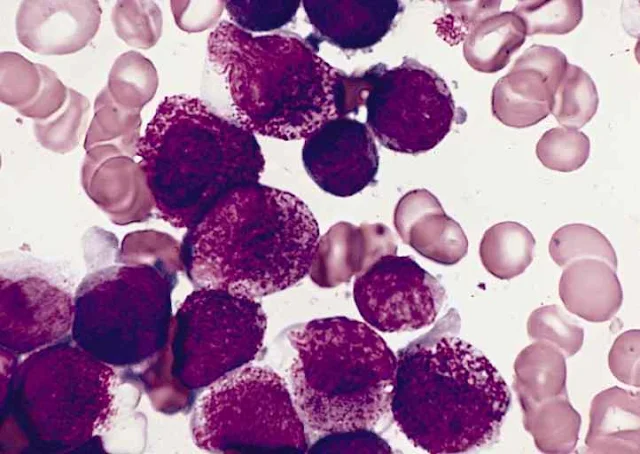Acute promyelocytic leukemia and treatment for (APL)
Acute Promyelocytic Leukemia is an uncommon subtype of Acute Myeloid Leukemia (AML m3). Often it is diagnosed in young and middle-aged adults but it can also occur in children and older adults. APL is characterized by the structure of certain cells called blast cells, the chromosomal translocation t(15;17), and a defect with the body's blood clotting mechanism.
There are different types of leukemia, and acute promyelocytic leukemia is one of the subtypes of this blood disorder. Medical specialists have discovered unique characteristics and clinical representations of this type of acute leukemia. The disease was first termed as fatal when it was discovered. However, doctors have introduced many forms of treatment. At present, the disease is curable, and those who suffer from acute promyelocytic leukemia have experienced a positive response to medication and therapy.
A few percentages of people may suffer from acute promyelocytic leukemia, a unique type of leukemia associated with certain biologic and clinical characteristics. Those who have this disorder have a decrease in the plasminogen levels, as well as the alpha 2-plasmin inhibitor. In all cases of patients with this leukemia, there is an observed increase in the production of fibrinolysis and plasmin.
Patients that suffer from acute leukemia may have coagulopathy, and this is a medical emergency. Those who are untreated for leukemia may suffer from cerebral hemorrhages that can be fatal. Typically, medication for coagulopathy takes about 8 days to become effective.
Acute promyelocytic leukemia symptoms
- Bleeding in the gums.
- Petechiae.
- Headache.
- Low platelets count.
- Bleeding from nose.
- Swelling in the gums.
- Easy to bleed while brushing teeth.
When a patient also suffers from severe anemia, there is a flow murmur that may be observed from physical examinations. The involvement of the central nervous system can result in severe headaches among patients. Other people who suffer from the disease may experience additional symptoms depending on the affected part of the body.
Acute promyelocytic leukemia diagnosis
Those who experience symptoms should visit their doctor, so that further tests may be made. The initial test that is done for the diagnosis of acute promyelocytic leukemia is a complete blood count. The CBC test will reveal the actual number of essential blood groups in the body. The doctor will request for a peripheral blood smear, differential count, and metabolic profile for liver and renal function tests. Additional tests include fibrinogen measurements, prothrombin time, and electrolyte levels.
Some patients may have an existing high amount of white blood cell, and they are considered as high risk patients. Those who have such characteristics should undergo lumbar puncture in order for doctors to diagnose the presence of acute promyelocytic leukemia. However, a patient that suffers from coagulopathy needs to obtain medication from this symptom. The doctor may advise for the delay of lumbar puncture, so that coagulopathy will be treated.
Acute promyelocytic leukemia treatment
The best treatment for patients depends on the particular case or stage of the disease. Medical specialists and trained doctors can provide the ideal supportive and pharmacologic treatment to patients. In some cases, platelet transfusion may be required for patients with severe decrease in platelet count.
Treatment options for this type of acute leukemia include different phases such as induction, maintenance, and consolidation. For elderly patients, doctors may recommend induction therapy as the ideal treatment option.
However, some patients respond perfectly in maintenance therapy. In fact, this method is effective for patients that suffer from relapse.
Patients with severe cases of the disease can benefit from consolidation and induction therapy.
Chemotherapy and drugs such as ATRA,Anthracycline and Arsenic trioxide and antibiotics to treat infection is proven to be an effective treatment for patients with acute promyelocytic leukemia.




